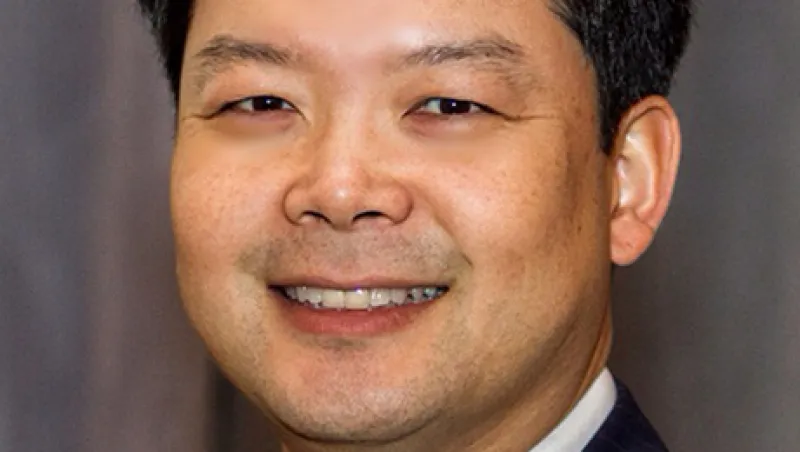On May 18, Washington Governor Jay Inslee signed the Small Business Retirement Marketplace bill into law, establishing a means for employers with fewer than 100 people to access retirement plans approved by the state. Washington is only the second state to enact legislation aimed at creating new savers among the private sector employees without a retirement plan (1.2 million in its case). It follows Illinois, with 2.5 million planless workers, whose governor, Pat Quinn, signed the Illinois Secure Choice Retirement Savings Trust into law on January 4, 2015.
Whereas the Washington law creates a retirement plan marketplace with no built-in incentives for employers to offer it — or for employees to participate — the Illinois scheme includes a mandatory payroll-deduction plan for employers (employees can opt out).
The Secure Choice moniker favored by states like Illinois, California and Arizona was introduced in 2011 by Hank Kim, executive director of the National Conference on Public Employee Retirement Systems. In the late 2000s the Washington, D.C.–based Kim was among a handful of public policymakers, think tank denizens and legislators seeking a solution to the looming problem that only half of the U.S. workforce participates in retirement savings or pension plans. With the help of Lake Research Partners, attorneys at K&L Gates and actuaries at Segal Co., he created the Secure Choice Pension.
Unlike new retirement plan designs conceived as national programs — such as the Automatic IRA or former Iowa senator Tom Harkin’s Universal, Secure and Adaptable (USA) Retirement Funds — Secure Choice was devised for state-based schemes. Essentially a variation of a cash-balance plan, with conservative actuarial and funding assumptions, the Secure Choice concept would deliver a pooled, professionally managed benefit closer to the state pensions that Kim represents than to an IRA. In the absence of a coordinated national effort by Congress, retirement security advocates see state-based retirement vehicles as the way to go.
The first plans to roll out are likely to more closely resemble an IRA than a cash-balance vehicle, as a result of serious pushback from the financial services industry, as well as questions about compliance with ERISA. Kim, who has a JD from Indiana University’s Maurer School of Law, is consulting with a number of states, whose advocates are eager to build a better mousetrap than an IRA for their privately employed citizens. Some groups have put their strength behind this idea, meeting with state legislators to hammer out fund details. “We think state plans are the way to go,” says Sarah Gill, a legislative representative with the legal affairs team at senior-citizen lobbying group AARP.
While legislation sponsors in California and Illinois hope to make it mandatory for employers to offer these plans, Utah and Kentucky are designing voluntary programs, as Washington did. Despite that constraint, “we want to get tens of thousands of people into this plan,” says Washington state senator Mark Mullet.
Get the full story: “Going to War Over Retirement Security”
Visit Frances Denmark’s blog and follower her on Twitter at @francesdenmark.






